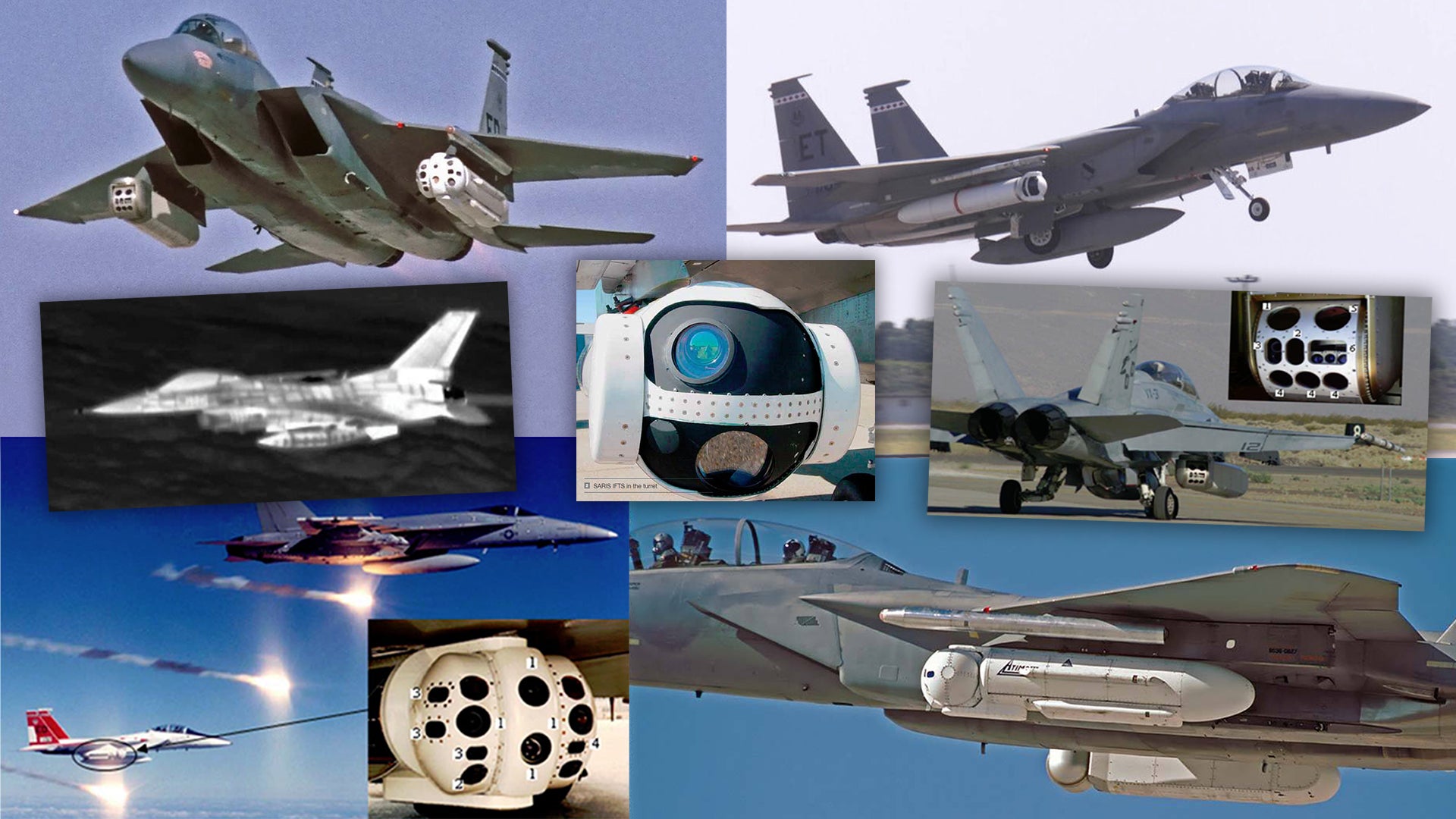When it comes to military aviation, infrared signatures, and being able to accurately measure them, are extremely important. This is especially true when it comes to developing new infrared seekers for missiles and other infrared sensors, as well as countermeasures to those threats. While a certain amount of testing can be done to support these kinds of efforts using ground-based signature measurement systems and development installations, some of which are incredibly complex, there is also a major need to be able to perform this kind of work in the air.
For this purpose, the branches of the U.S. military employ a variety of very unusual-looking, obscure, and highly-specialized pods that carry mixtures of infrared seekers, cameras, and other sensors. These systems can look as much like a mechanized bug’s eye as a piece of high-end test equipment.
At the time of writing, U.S. Navy’s Naval Air Systems Command (NAVAIR) maintains two podded systems, the Airborne Turret Infrared Measurement System III (ATIMS III) and the Threat Infrared Generic Emulation Radiometer (TIGER). The U.S. Air Force’s 96th Test Wing has at least four more podded systems that support aerial infrared testing, the Beam Approach Seeker Evaluation System (BASES), the Calibrated IR/visible/UV Ground and Airborne Radiometric Spectrometer (CIGARS), the Supersonic Airborne Tri-Gimbal Infrared System (SATIRS), and the Spectral/Spatial Airborne Radiometric Infrared System (SARIS). All three of these are primarily intended for use on high-performance tactical aircraft, such as Navy F/A-18 Hornets and Air Force F-15 Eagles. The U.S. Army also employs additional systems designed to be mounted on helicopters for this kind of aerial infrared signature measurement work.
ATMIS III is the latest generation of a system that dates back to at least the 1970s. At that time, the main platform configured to carry it was the Douglas A-3 Skywarrior, which was originally designed in the late 1940s and early 1950s as a carrier-based bomber capable of carrying nuclear weapons. Variants subsequently went on to serve as tankers and intelligence, surveillance, and reconnaissance platforms, as well as in various test and evaluation roles.
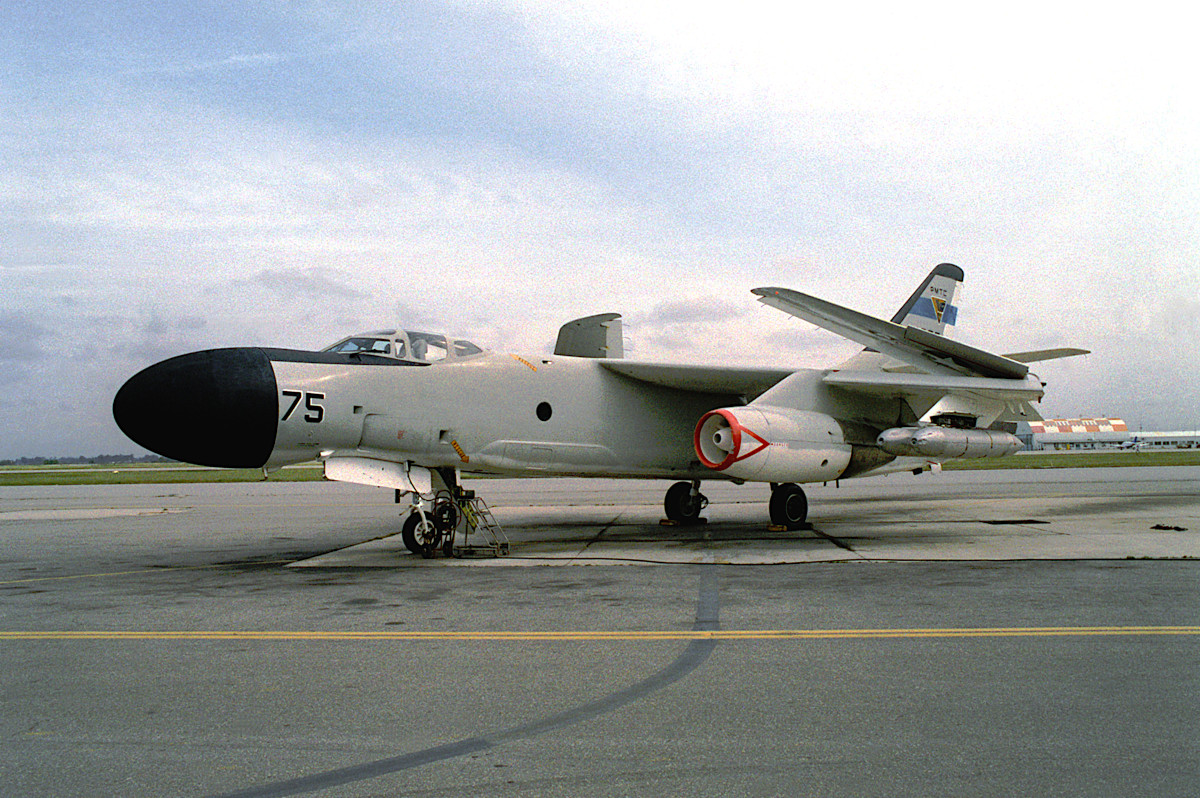
In a 1975 master’s thesis from the California State University at Northridge, Michael Edward Laub, then also an employee at the Navy’s Pacific Missile Test Center (PMTC), explained the procedure for a typical sortie involving an ATIMS-equipped A-3 in the context of a test he had participated in involving an F-4 Phantom fighter jet fitted with a Countermeasures Airborne Infrared III (CAIR III) infrared jammer:
The ATIMS system requires two operators (See Figure 5). Initially the acquisition operator locates the target. In this case the target was the CAIR III configured aircraft. The acquisition operator follows the target until the tracking operators [sic] takes over. The tracking operator follows the target with much more precision than the acquisition operator. This precision is required in order to make the IR measurements. The acquisition and tracking operators both view the IR target from their own video monitor. When the tracking mirror is aligned properly, the image of the target is reflected onto a beam splitter. A visible signal is directed to a TV camera and the output from this camera supplies the video required by the acquisition and tracking operators. Visible information is also directed to the lens of a film camera. The IR signal is directed to a radiometer spectrometer. To collect data, the IR target is acquired and tracked by the two operators. When IR recordings are desired, the film camera and 14-track recorder are simultaneously activated. Timing information is fed to and recorded by the film camera and 14-track recorder. This is so that the visible IR records can be correlated during data reduction.
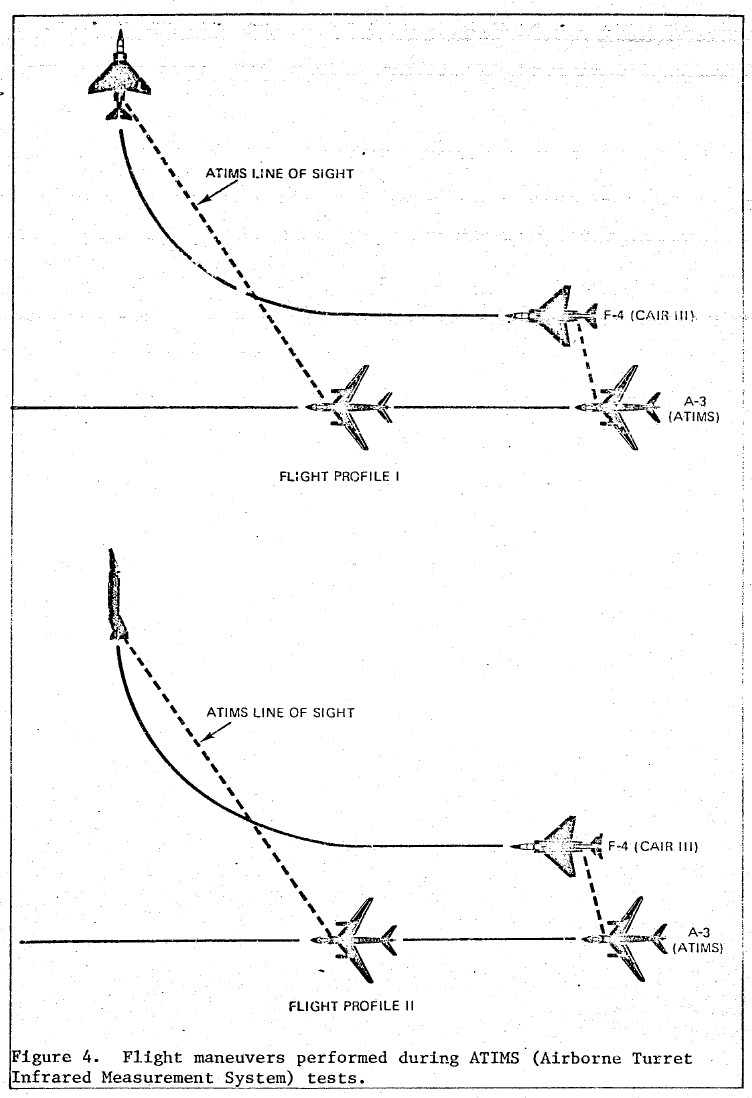
This certainly got the job done, but it was also a relatively large and cumbersome arrangement, as evidenced by the need for two separate operators. The individuals tasked with analyzing the information it gathered also had to manually match the infrared data with the processed images from the wet film cameras. In addition, Laub’s thesis notes that a different plane had to carry a Special Instrumentation Pod (SIP) with more cameras and recording equipment, as well as an infrared seeker, to collect additional data regarding how the output from the CAIR III jammer might directly impact the guidance system in a heat-seeking missile.
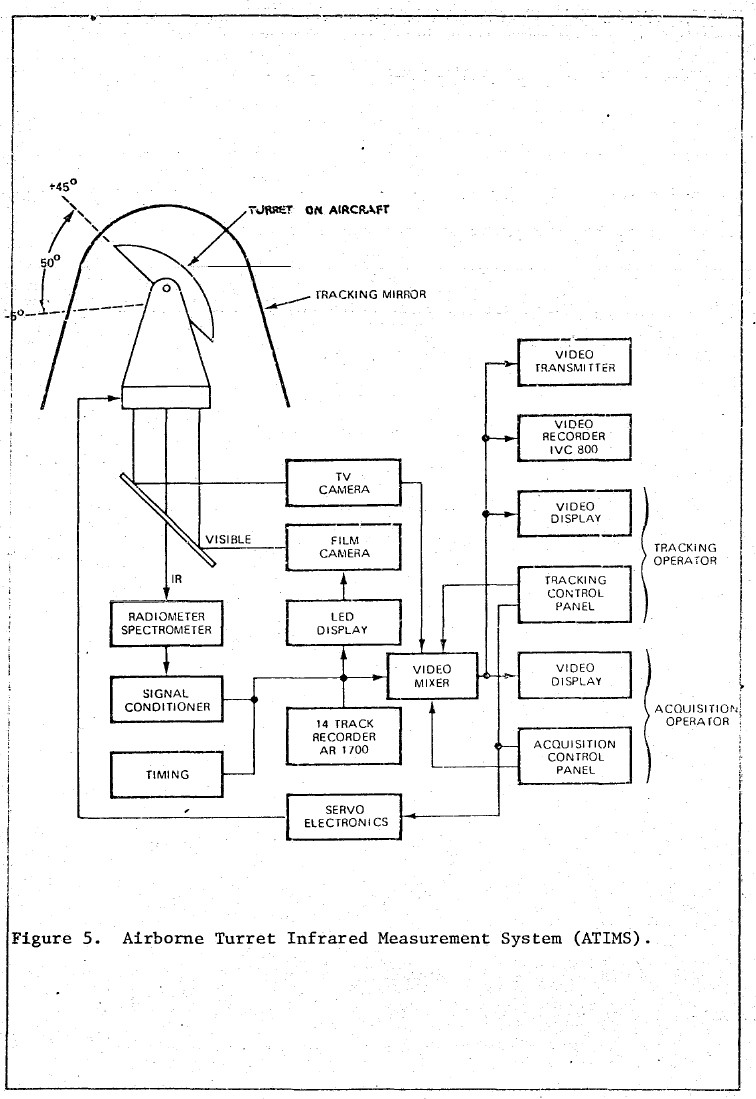
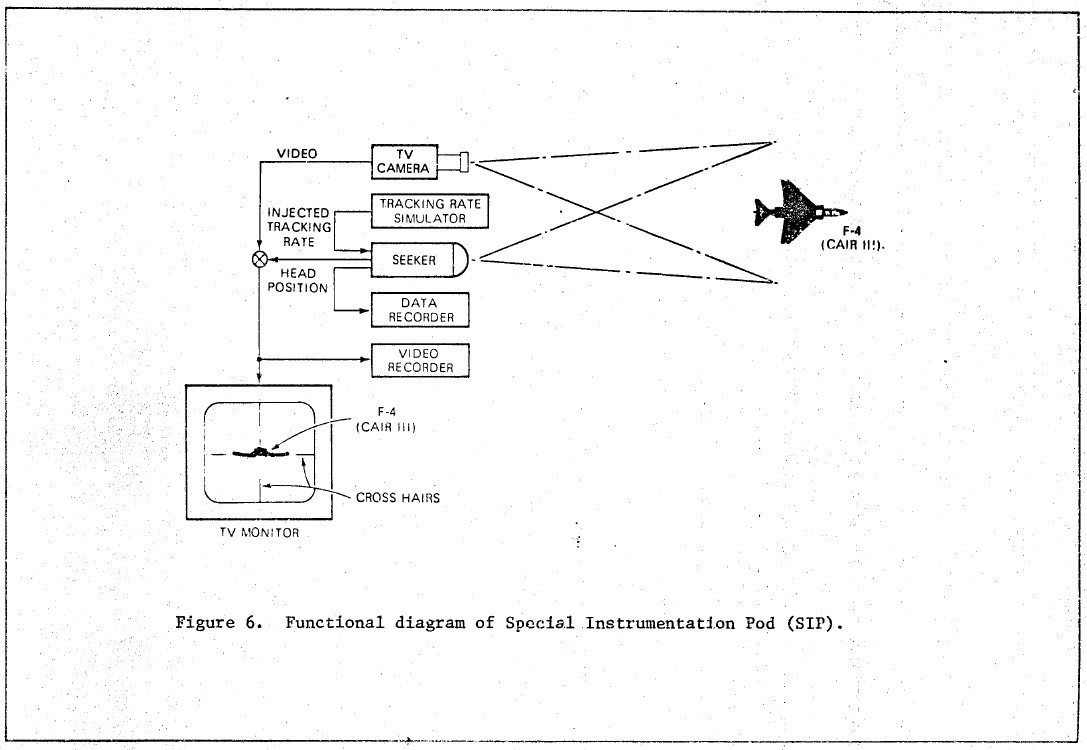
As such, the Navy subsequently acquired a podded system, the ATIMS II, that a tactical jet, such as an F-4 Phantom, could carry. The ATIMS II pod had an articulating turret with the various cameras and sensors installed that a single operator could point at the desired target. In addition, the system offered greater overall flexibility, as it could be installed and removed from an aircraft much more readily than the original ATIMS equipment on an A-3.
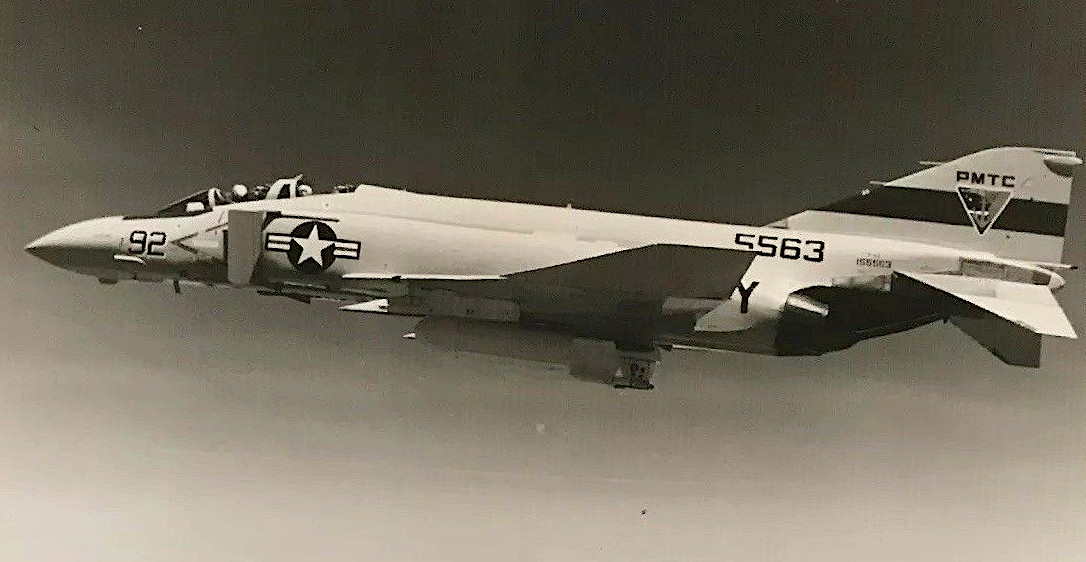
In the 1980s, the Navy acquired ATIMS III. The actual pod for this generation of the system has also been referred to as the Airborne Infrared Countermeasure Evaluation System (AICES).
This system is still in use and is much more capable than its predecessors. The sensor turret that the pod carries can hold up to four different infrared seeker types at once. It’s also equipped with one middle wavelength infrared (MWIR) imager and three visual spectrum video cameras, as well as a laser rangefinder.
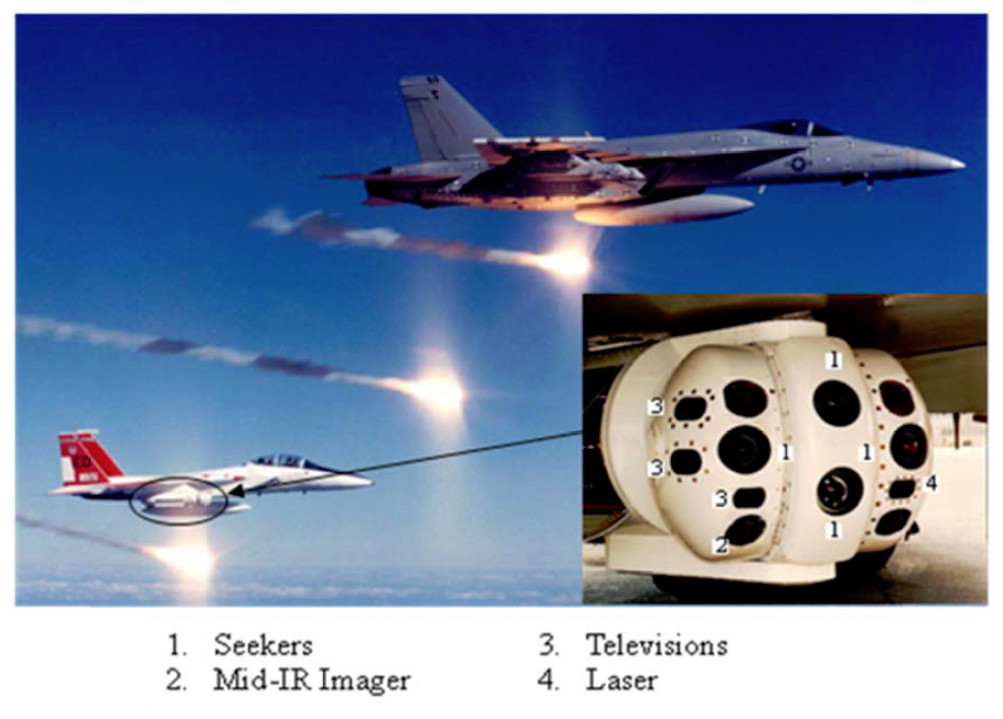
ATIMS III can be carried on a pylon with the turret facing forward or backward, allowing it to best cover the desired aspect range on a target aircraft during a particular test. It is also a highly modular and adaptable design that can gather much more extensive data on a target’s infrared signature and how countermeasures, such as infrared jammers or decoy flares, might affect different seeker types. It can be used to test how well new kinds of infrared seekers or sensors spot and track potential targets and how they are impacted by different atmospheric conditions, as well.
It’s unclear what the exact data recording system was on the original ATIMS III design, but by this point, it is entirely digital. In 2010, Ampex Data Systems Corporation announced it would “provide a set of four miniR 700 solid-state recorder systems to capture the full spectrum of infrared data measured by the pod” as part of an upgrade program for AICES. The company’s press release at the time also indicated that ATIMS III could push at least some of the collected data straight to individuals on the ground via data-link.
Though ATIMS III remains a Navy program, it is most often seen mounted on Air Force F-15D aircraft. Though we don’t know for sure, this likely has to do with the size and weight of the pod. Eagles have been routinely employed over the years to carry out-sized payloads, both operationally and in support of various tests. It’s worth noting that NASA also maintains a small fleet of F-15s that often carry large test pods, including some of the pods mentioned in this piece, as well as other large or unusually shaped test fixtures.
When it comes to ATIMS III, the Navy and the Air Force also utilize this pod in support of U.S. allies, including members of NATO, to help with their test and evaluation requirements regarding infrared countermeasures.
The other pod that the Navy maintains for aerial infrared testing purposes is TIGER. Unlike ATIMS III, this system is designed for more general aerial infrared signature measurement of fixed-wing and rotary-wing aircraft, as well as decoy flares.
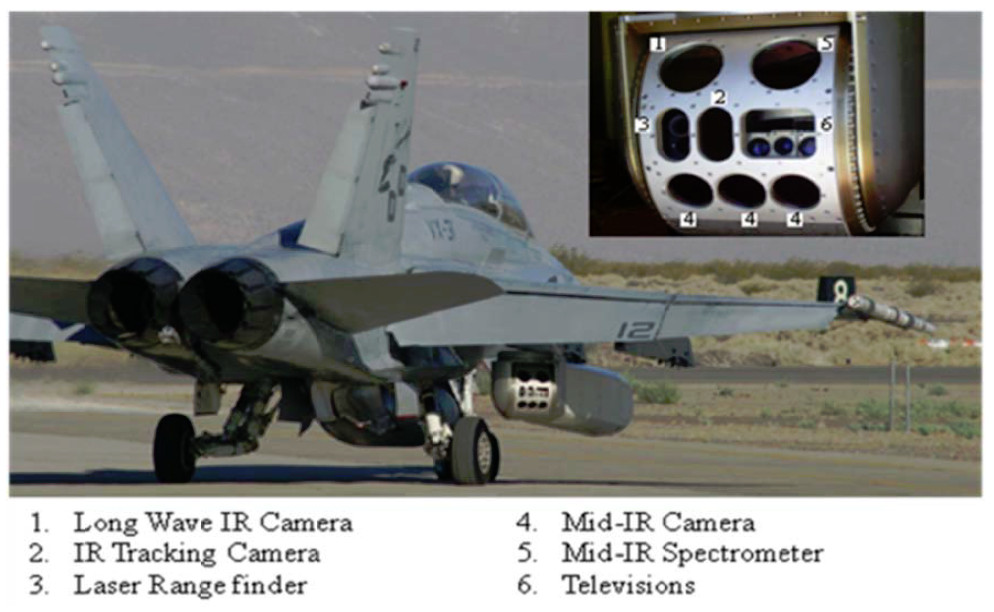
While ATIMS III only has one MWIR imager, TIGER carries three MWIR cameras, as well as a long-wavelength infrared (LWIR) one. It also has a separate infrared tracking camera and an MWIR spectrometer, along with three visual spectrum video cameras and a laser rangefinder.
The addition of the spectrometer means that TIGER can not only gather data about the infrared signiture of the aircraft or flare being recorded, but also how the infrared radiation from those test subjects interacts with the surrounding environment. This enables the pod to gather data on how hot an object is, temperature-wise, as well information about how that heat is distributed across it and how the resulting infrared signature might fluctuate under different environmental conditions and at extended distances.
TIGER is most commonly seen carried by Navy F/A-18 Hornets, but there are also pictures of Air Force and NASA F-15Ds carrying it. As with ATIMS III, this pod can also be carried with the turret end forward or backward, providing the best possible coverage during the test sortie at hand.

In 2003, photographer Brian Lockett, who runs a website called the Goleta Air And Space Museum, caught one Air Force F-15D flying out of Edwards Air Force Base in California carrying both the TIGER and ATIMS III pods simultaneously. He was kind enough to share some of these pictures with us for this piece. An aircraft hauling both of these pods at once would be able to gather a wide array of infrared data in a single sortie.
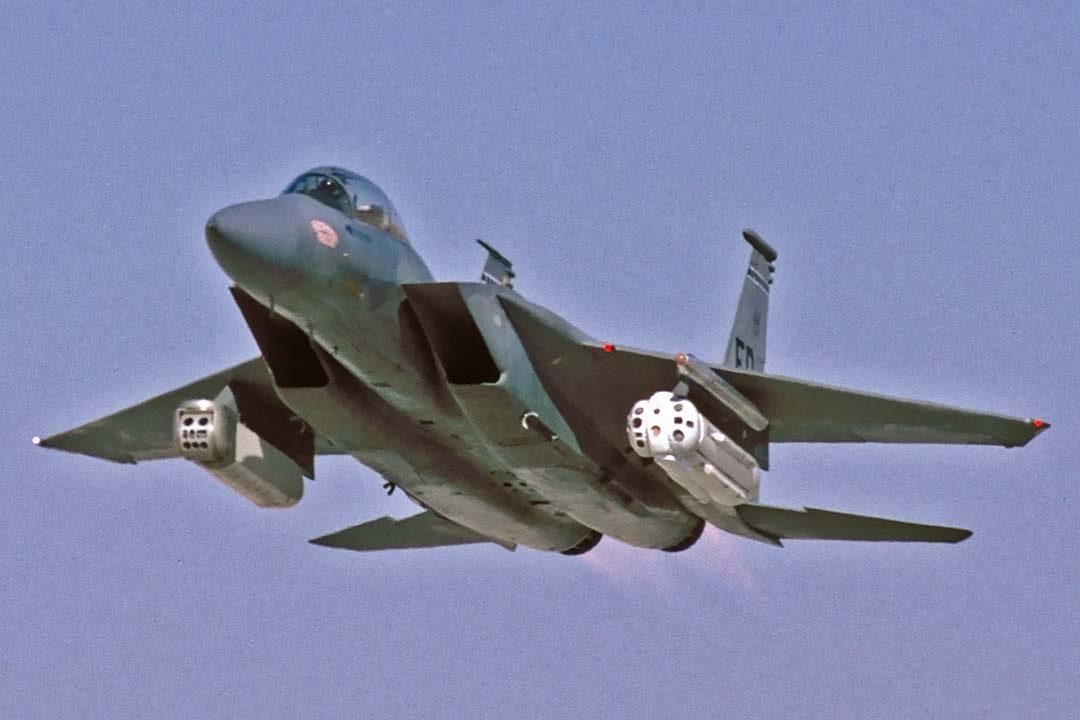
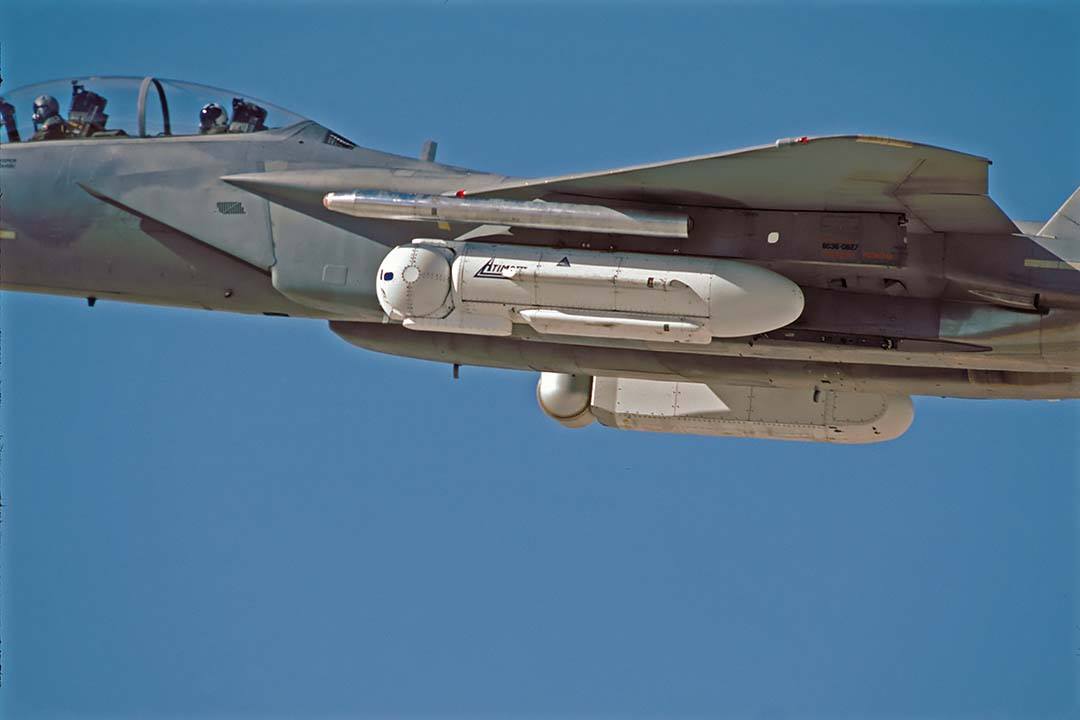
Readily available details about the Air Force’s BASES, CIGARS, and SATIRS are limited, but their general capabilities sound very similar to those of ATIMS III and TIGER. A company called Southern Research developed both BASES and SATIRS and its website says that it “has a well-established history in the development of airborne pods that began with a development effort for an Infrared (IR) signature measurement pod for the U.S. Air Force at Eglin Air Force Base in 1972.” This would have been the same general era as the original ATIMS system.
“Originally designed as a fixed-pointing pod to carry Infrared seekers being tested, this pod evolved into a significantly more complex system featuring multiple imaging sensors and a steerable turret,” Southern Research’s site continues. “As seeker and sensor technology improved, SR worked in conjunction with the U.S. Air Force in developing several variants of this pod with upgraded sensors and improved multi-axis turrets.”
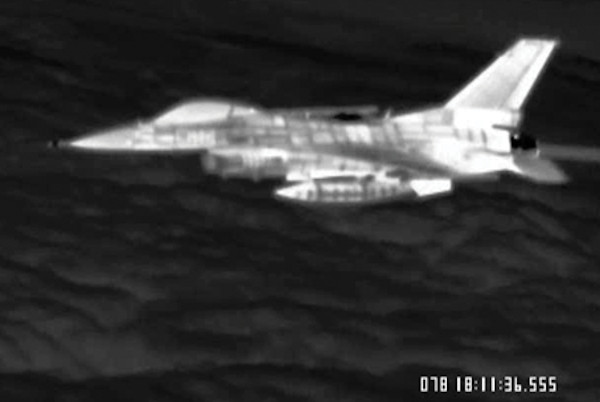
In 2012, the Air Force announced plans to upgrade SATIRS, and the FLIR SC6000 infrared cameras within, “to provide improved resolution for imaging targets.” This would be done “by developing custom lenses that are compatible with the SC6000 and the SATIRS,” according to the contracting notice.


More is known about the SARIS pod, which is similar in some respects to TIGER, but is focused much more on infrared spectroscopy. “The core of SARIS is its imaging spectrometer,” a 2006 article in ABB Review explains. “An imaging spectrometer is an optical instrument that captures the radiation from the target and constructs images of that target at different wavelengths. The information is gathered in the form of a ‘cube’ of data.”


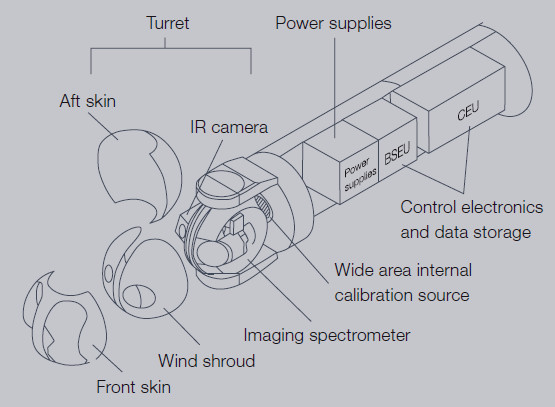
“The data from the imaging spectrometer allows scientists to determine the distribution of various chemicals over the target,” the article adds. “Combined with imaging capability, the technology makes rapid temperature mapping possible. Military applications of this include the automated recognition and tracking of heat-emitting objects such as aircraft, missiles, decoys, and even ground targets.”
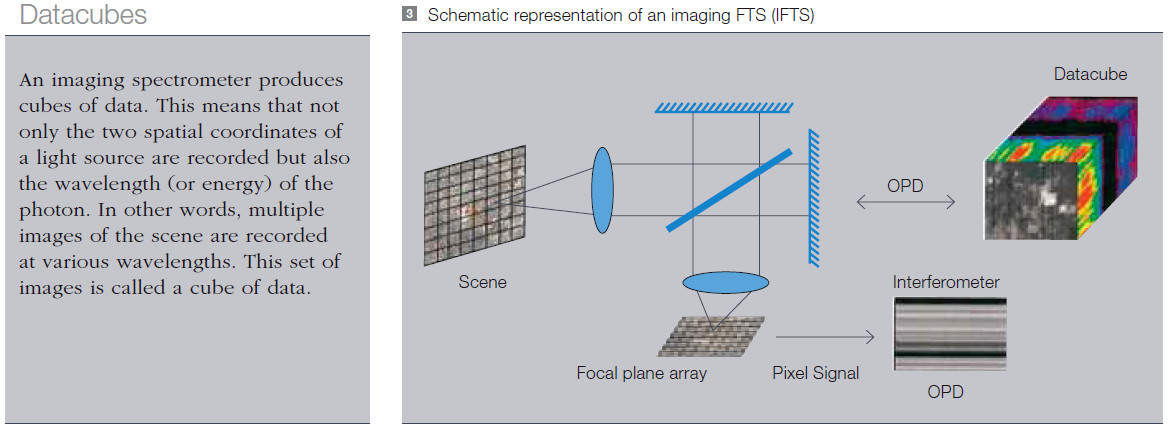
SARIS is also primarily carried by Air Force F-15Ds, but the service can also mount it on its UH-1N helicopters to support lower-speed subjects. The ABB Review piece states that the system can be mounted on ground-based test fixtures, too.
The composite image below shows various testing systems available through the Air Force’s Portable Seeker/Sensor/Signature Evaluation Facility (PSSSEF). The SARIS pod is seen at the upper right corner on an F-15D, as well as mounted in the main cabin of a UH-1N helicopter at the bottom right. The shots in the center interestingly show infrared images taken of a Soviet-era Scud ballistic missile transporter-erector-launcher and a fighter jet of some kind.

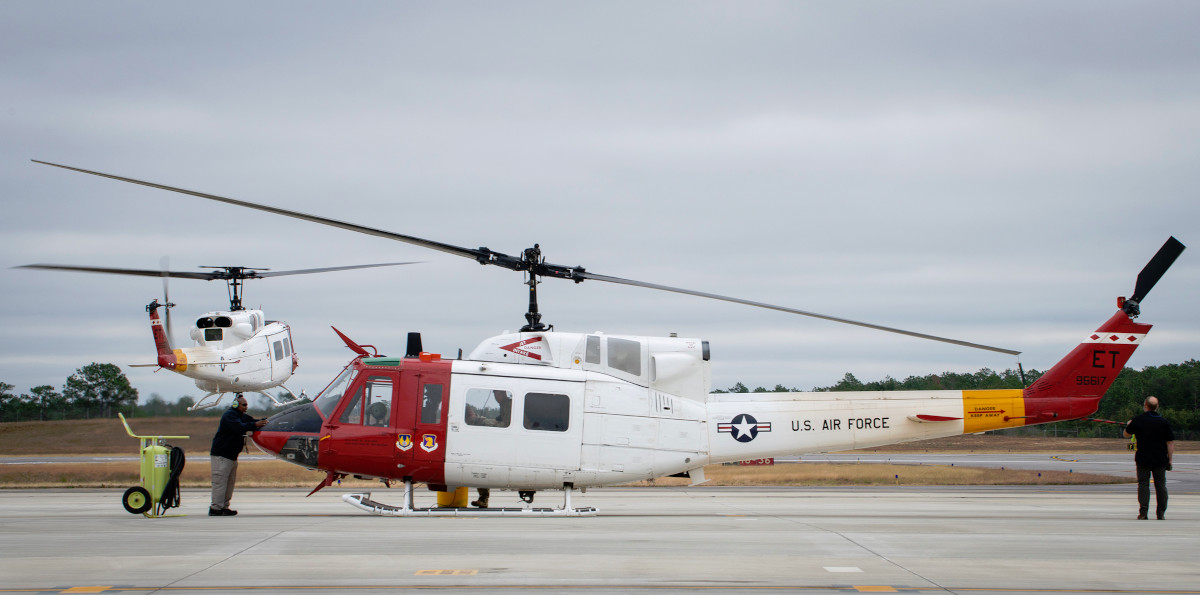
That same need to gather various kinds of data during lower-speed test and evaluation activities is why the Army has a number of other turreted systems that can be installed on its helicopters, including variants of the UH-60 Black Hawk. This includes the Airborne Radiometric Measurement System (ARMS), which Southern Research, in cooperation with Dynetics, delivered to the U.S. Army’s Aviation Applied Technical Directorate.

The company’s website says that the initial payload for this turreted system was six different unspecified sensors. However, it is a modular design intended “to carry multiple payloads” and be “easily reconfigurable.” This could certainly include various kinds of infrared seekers and sensors to help gather data similar to the kinds that the ATIMS III, TIGER, and SARIS pods collect.
Southern Research had previously supplied the Army with the Stabilized Electro-optical Airborne Instrumentation Platform (SEAIP), another turret capable of being mounted on UH-1 and UH-60 helicopters and fitted with various instruments and sensors for test and evaluation purposes. The stabilized turret “allows for testing of state-of-the-art active and passive sensors. (i.e. scanners, focal plane arrays, spectrometers, radar, etc.),” according to the company’s website.
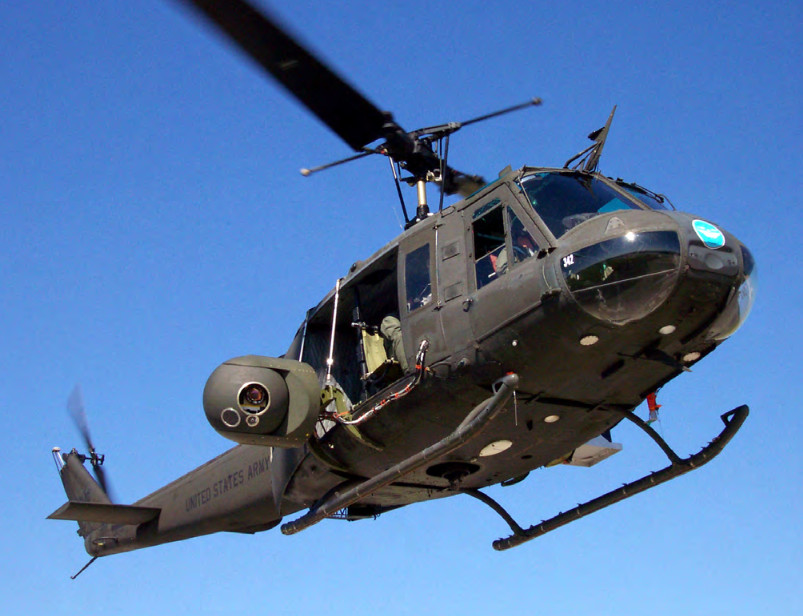
The importance of these systems, and the infrared data they collect, is only likely to grow in the near future. Most notably, the proliferation of low observable (stealthy) aircraft and cruise missiles has expanded abroad and the development of these systems has ramped-up considerably in the United States, as well. Fully understanding the infrared signatures of these systems is absolutely critical.
The introduction of next-generation infrared search and track (IRST) capabilities as an alternative and supplemented means to radar for detecting aerial targets, especially stealthy ones, at extended ranges has also become a reality for U.S. fighter aircraft. This is a topic that The War Zone has been following closely. Foreign fighters have had this capability for decades. Without knowing the infrared signature of your own aircraft you can’t understand what threat these sensors pose or how to evaluate your own IRST systems properly.
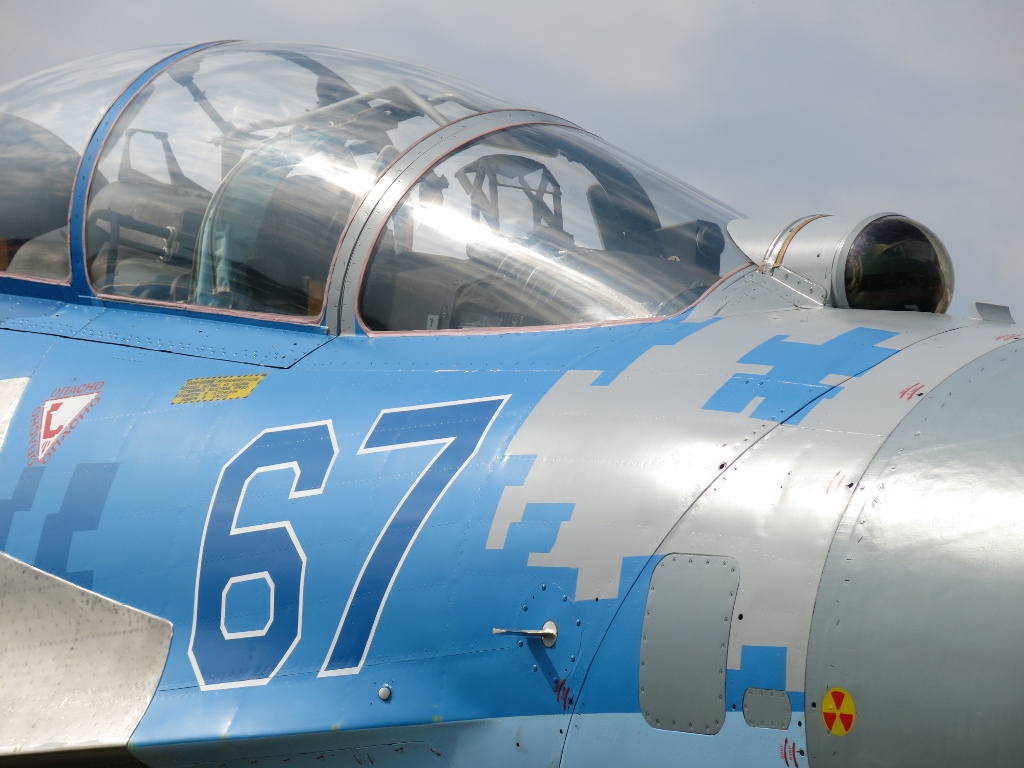
In a similar vein, multi-mode seekers with imaging infrared capabilities are increasingly becoming an attractive option for air-to-air weapons, as well as air-to-surface/ground types. These require testing and evaluation work to develop, understand, and counter. Presumably, pods like ATIMS III are capable of carrying seekers that mimic those found on enemy missiles, or even real seekers that have been captured or obtained via other means, providing extremely high-value intelligence on the performance and vulnerabilities of those systems.
For instance, it would be critical to test infrared seekers from weapons like Russia’s R-73 and R-27 air-to-air missiles against friendly aircraft and their existing countermeasures in a real-world airborne environment. Evaluating China’s rapidly growing missile inventory in a similar manner is perhaps an even more pressing priority. Understanding the unique threat these missiles pose to allied aircraft from all directions and under all conditions is absolutely essential and will spur new countermeasures that might be able to blind, confuse, or otherwise disrupt modern infrared or even multi-mode seeker-equipped guided weapons.
Conversely, testing your own missile seekers against various countermeasures and in every possible combat condition is also absolutely critical. Some of these pods, especially ATIMS III, would allow that to happen more reliably and in fewer flight testing hours.
Some of the technology employed in these podded test systems may also have potential operational applications. As the 2006 ABB Review article noted, SARIS is capable of “automated recognition and tracking” of targets based on their infrared signature. This highlights how, with a suitable library of known signatures, advanced IRST and other infrared systems can passively scan for threats and then spot and categorize them automatically. It could then quickly pass that information along to an aircraft’s pilot or to other nodes in an integrated sensor network, in the air, at sea, or on the ground. This capability is an operational reality today and autonomous target recognition is the driving force behind missiles that use imaging infrared seekers to identify and strike their targets.
Above all else, this obscure family of pods is part of an expansive, but shy weapons development and testing ecosystem that is dedicated to signature management and evaluation. While the radar side of this enterprise is far better known, the infrared component is quite expansive, as well. From massive sound-stage like laboratories to ranges where aircraft slide across high-wires to flying radar cross-section and infrared signature evaluation aircraft, this mass of unique testing capabilities is critical to not only understanding and developing America’s own aircraft and weapons, but to defeat those of the enemy.

Data collected during these efforts is used for everything from programming an AIM-9X Sidewinder where to hit a specific target at its most vulnerable point to creating combat aircraft with extremely low infrared signatures to better understanding what the risk of detection from various threat systems is when viewing a target from virtually every aspect. These pods, in particular, allow for this testing in real-world conditions across any atmospheric situation, a function that can’t really be replicated in a laboratory.
For instance, maybe a certain missile seeker type is prone to a certain type of decoy under certain environmental and backdrop conditions, but not others. Or maybe an infrared attenuating coating on a stealthy aircraft makes it harder to detect at certain wavelengths from below, but not above during different times of the day. Then again, understanding how thermal loads propagate on an airframe flying at high speed may be another test goal. Even understanding the basic infrared signature of an aircraft across multiple infrared wavelengths may be important for creating a database of signatures for infrared search and track systems to pull from. These pods help solve these problems and questions and more.
In the end, it is hard to protect an aircraft from hostile sensors without knowing exactly what their vulnerabilities are. It’s also hard to develop a missile seeker and its command logic without flying it and testing it while collecting a number of other supporting data points via multiple sensors all staring at the same thing. And being able to do all this and more while flying through the air in virtually any conditions is the testing magic these pods truly offer.
Contact the authors: joe@thedrive.com and tyler@thedrive.com
